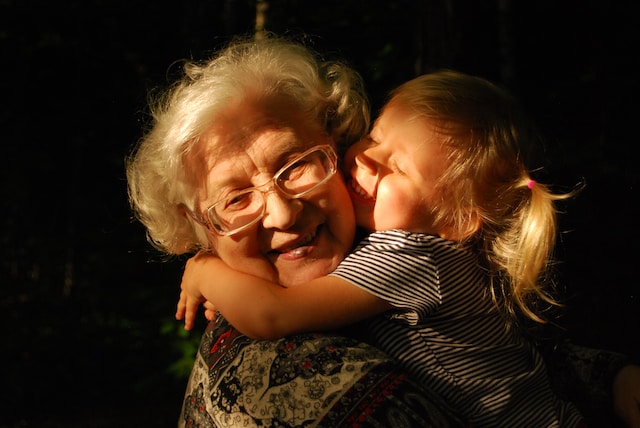The traditional family unit in the US has historically been the nuclear family; that is, a household consisting of only parents and their non-adult children. While the reasons for this were initially economic, convention has popularized it as the socially correct thing to do. Recently, neither of these reasons hold water anymore. Thus, multigenerational households are increasing in popularity.
Both the Great Recession in the late 2000s and the lockdowns and recession following the Covid-19 pandemic resulted in adults, primarily young adults, moving back in with their parents. In many cases the young adults didn’t have children yet, but in some cases, they did. In this situation, the household would have three generations. The reasons for this shift were partly economic, but there are other benefits to multigenerational households. Having grandparents in the home makes childcare a lot simpler. Or if the elder generation can’t care for themselves, their children are right there to take care of them. Having multiple generations in a household can also improve the efficiency of household tasks, leaving more time for family bonding.
Photo by Ekaterina Shakharova on Unsplash
